As part of introducing new chips, Apple likes to tell us how many times its new generation is faster in terms of CPU and GPU. In this case, he can certainly be trusted. But why they don't tell us how it unnecessarily cuts SSD speeds is a question. Users have been pointing this out for a long time.
When you compare Apple computers in the Apple Online Store, you'll see which one uses which chip and how many CPU cores and GPUs it offers, as well as how much unified memory or storage it might have. But the list is simple, so here you will only find out its size without any further details. For Apple, this may be unnecessary information (like stating the RAM in iPhones), but even the SSD disk has an effect on the overall speed of the device. This was already shown by the computers with the M2 chip that Apple presented at WWDC22, i.e. the 13" MacBook Pro and MacBook Air.
The entry-level M1 and M2 MacBook Air models offer 256GB of storage. In the MacBook Air M1, this storage was split between two 128GB NAND chips. When Apple launched the M2, it switched to newer ones that provide 256GB of storage per chip. But this meant that the base model MacBook Air M2 with 256GB of storage had only one NAND chip, which had a negative effect on SSD performance. Like the M1 Air, the base 512GB model of the MacBook M1 Pro had storage split between four 128GB NAND chips, but now the M2 chip variants of the new MacBook Pros have storage split between just two 256GB NAND chips. As you can probably guess correctly, it is not very good in terms of speeds.
It could be interest you
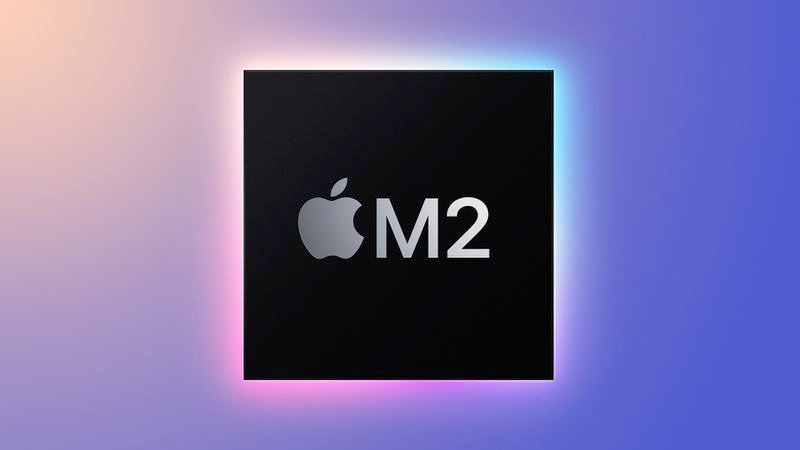
The Mac mini is even worse
The new Mac mini is infamously doing so too. He is already different editors they managed to take it apart and actually found out what was said above. The 256GB M2 Mac mini comes with a single 256GB chip, where the M1 Mac mini was equipped with two 128GB chips, giving it faster speeds. But it doesn't quite end there, because Apple went to an even greater extreme. As it turns out, the 512GB M2 Mac mini also only has one NAND chip, which means that it will still have lower read and write speeds than the model with two 256GB chips.
With regard to Apple, it cannot be stated otherwise than that it is a garter belt from him. This was discussed a lot at the time of the launch of the M2 MacBook Air, and surely he himself knows that with this strategy he is unnecessarily slowing down his SSD, as well as that he will only annoy his users with this approach. It's always disappointing when a product deteriorates in some way between generations, which is exactly the case here.
It could be interest you
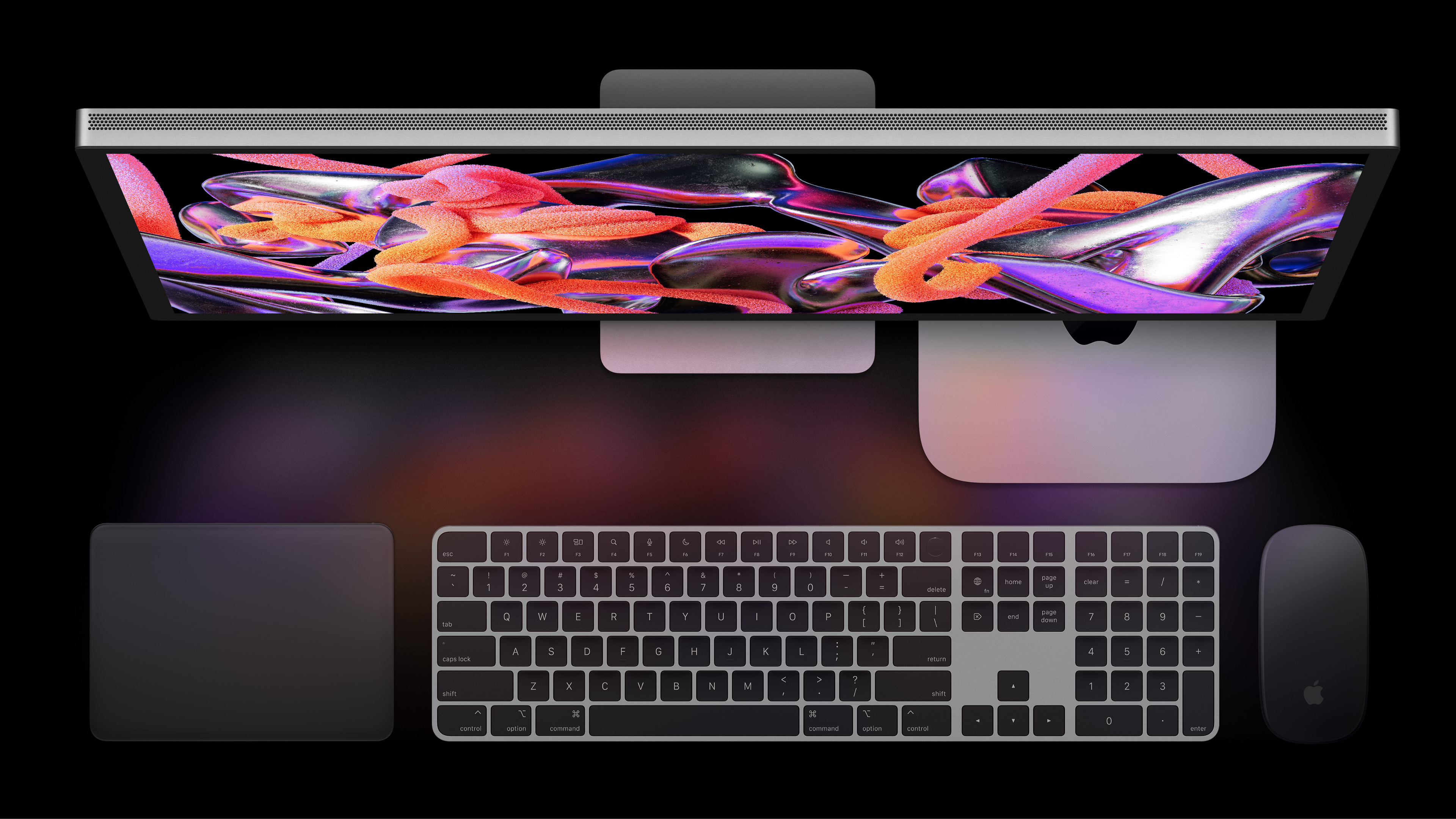
But it is true that most users may not feel this at all during their daily work with computers. The speed of reading and writing on the disk is still really high, so only professionals will know it in their most demanding conditions (but aren't these machines intended for them?). If you were to ask why Apple is actually doing this, the answer can be very simple - money. It is certainly cheaper to use one 256 or 512GB NAND chip than two 128 or 256GB.


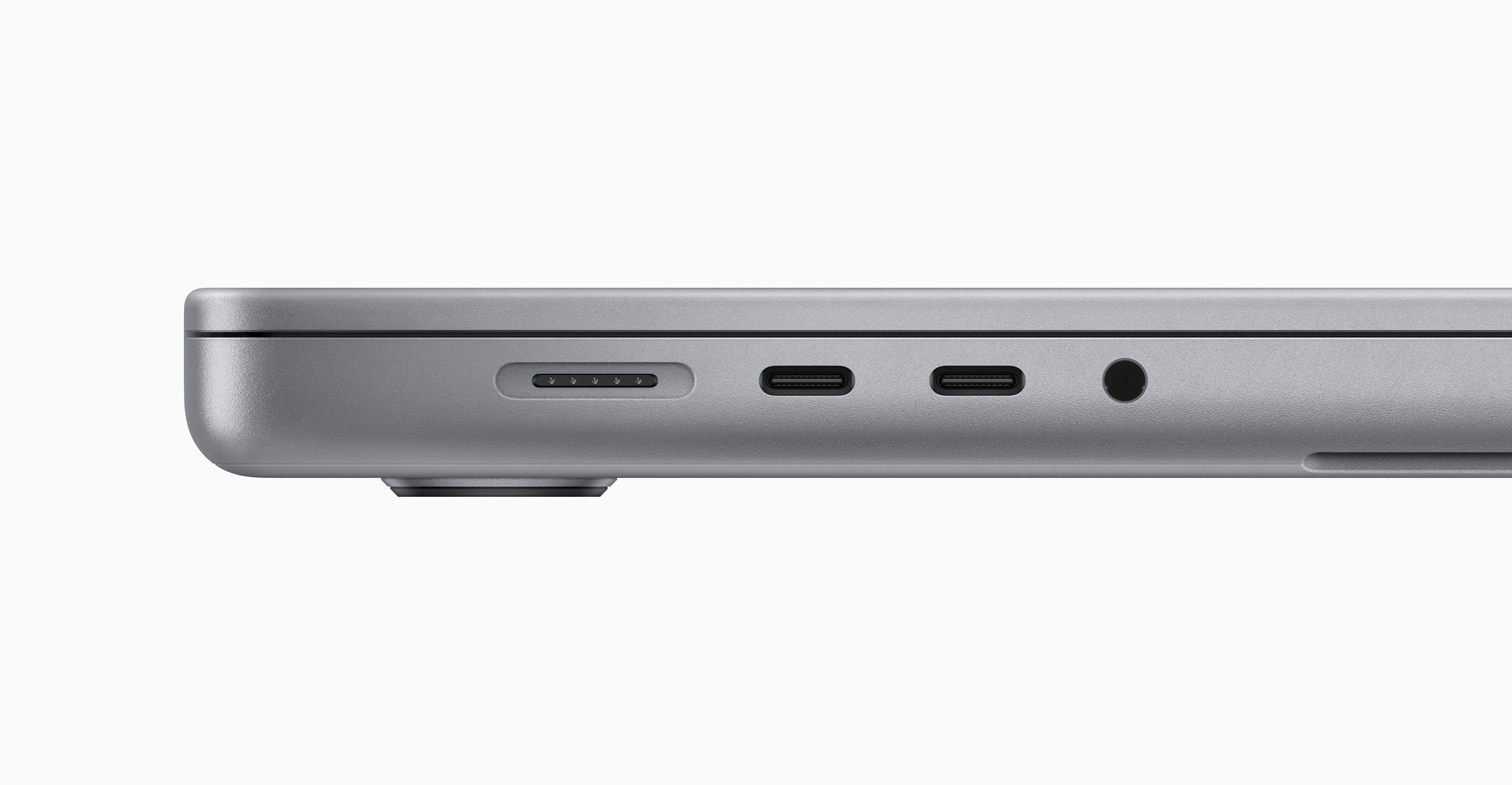
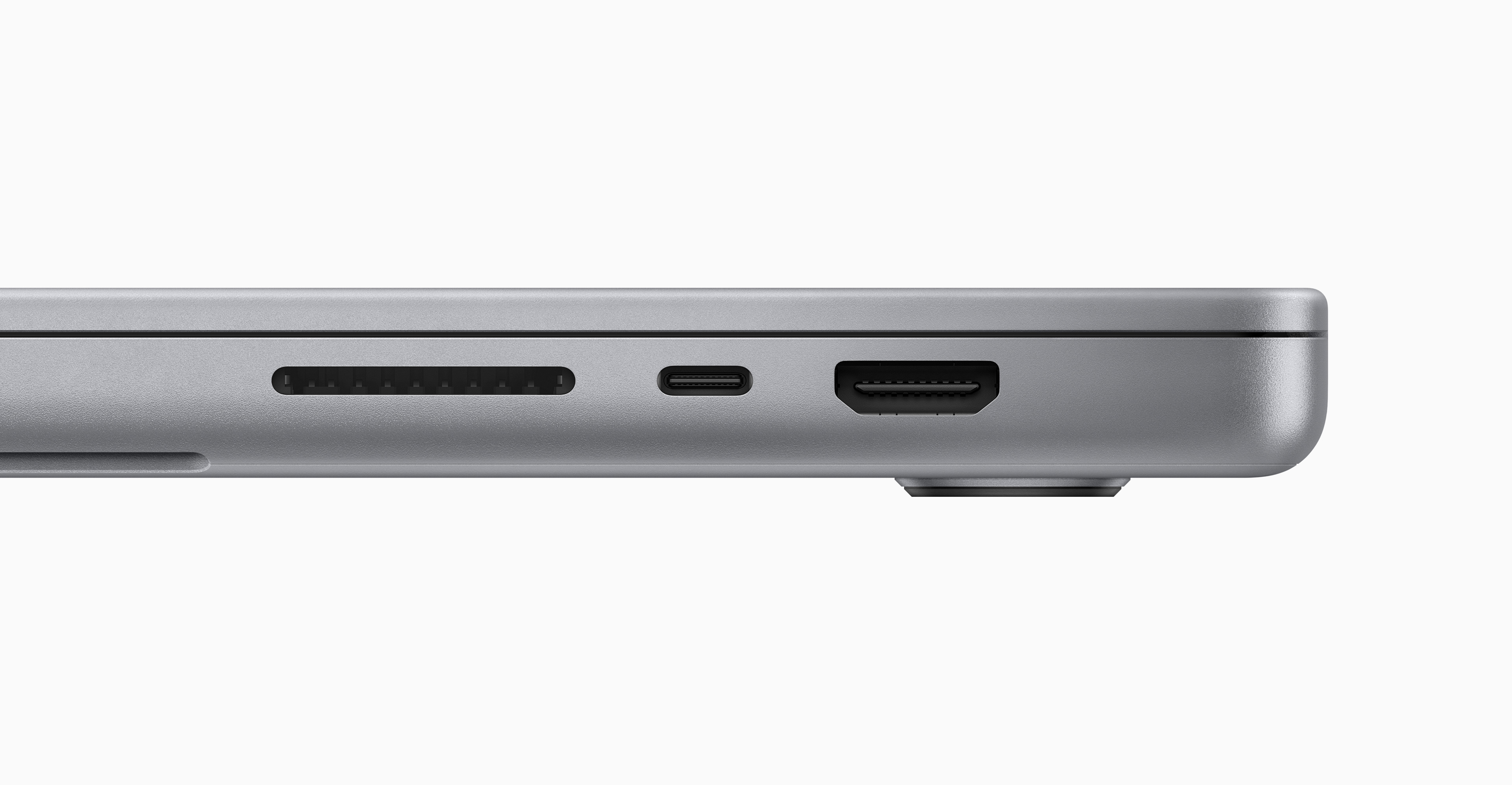
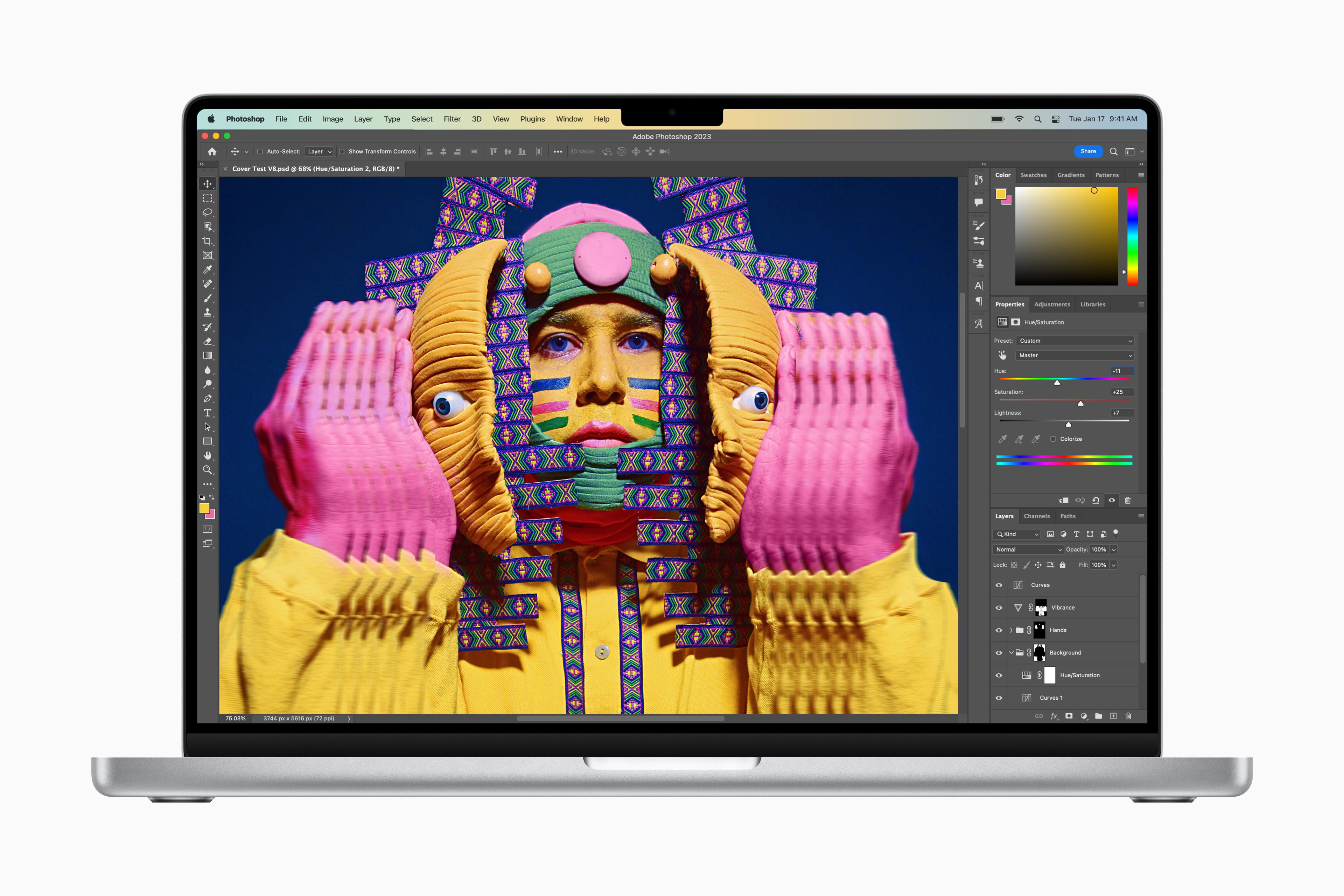




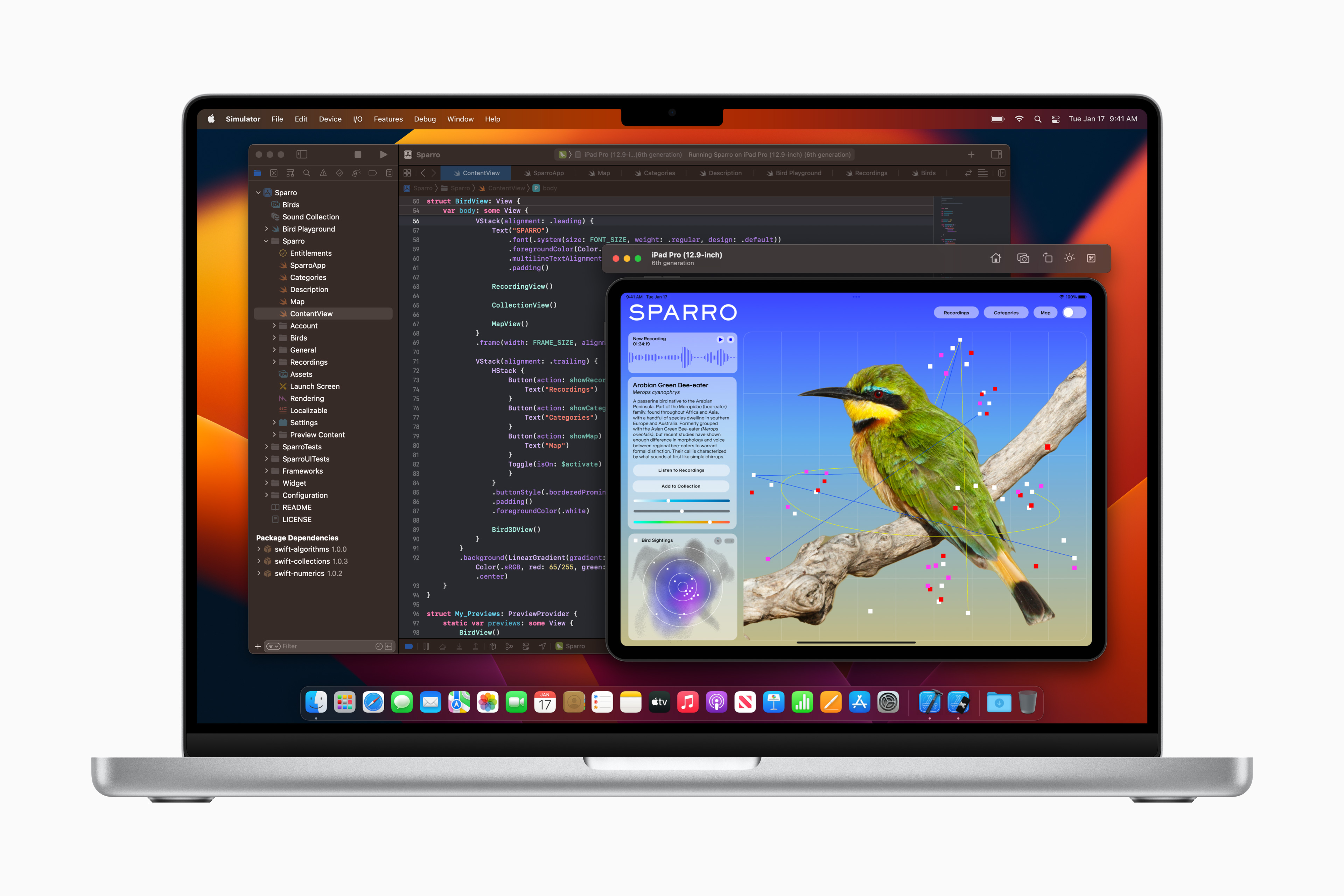


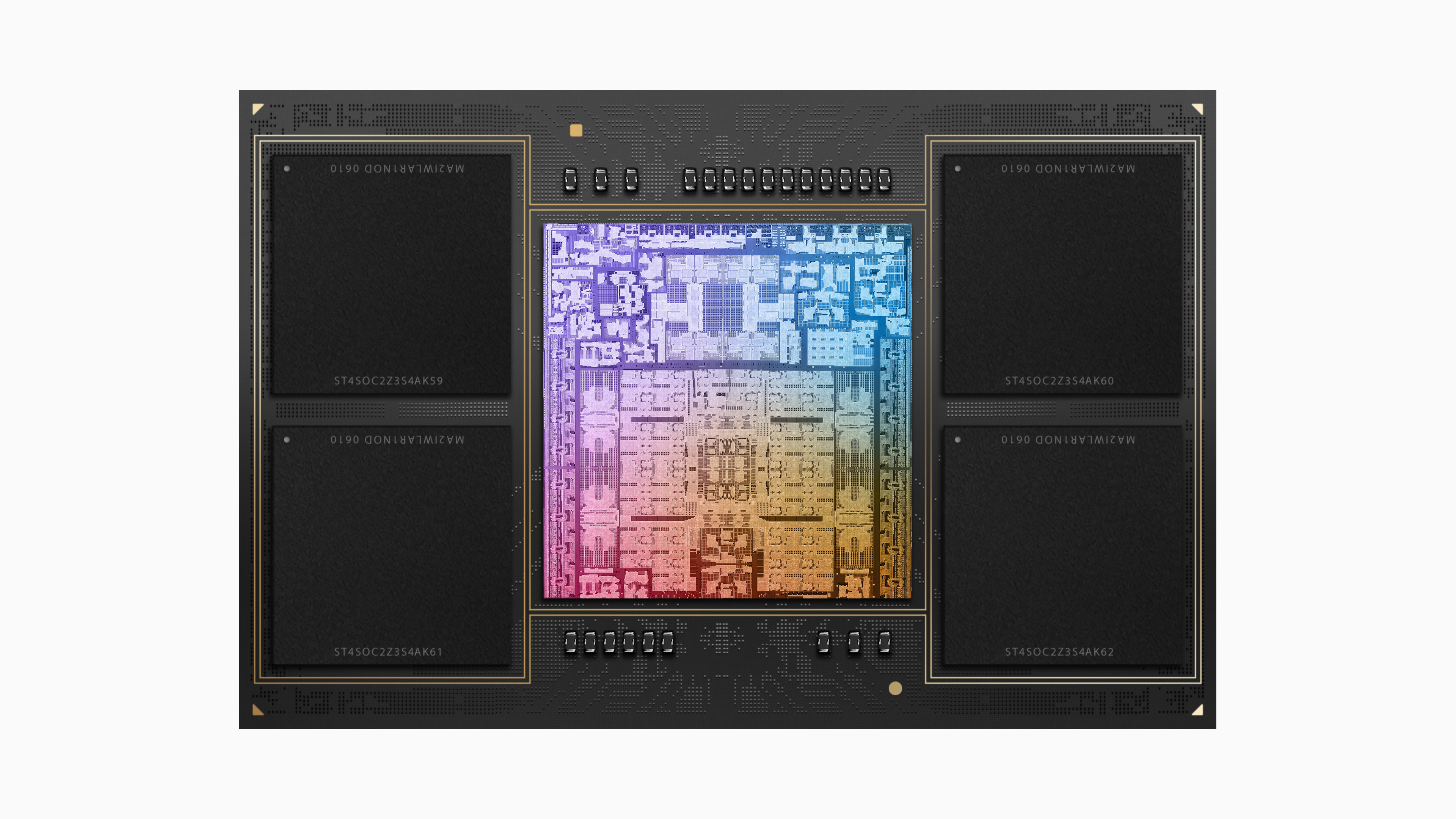
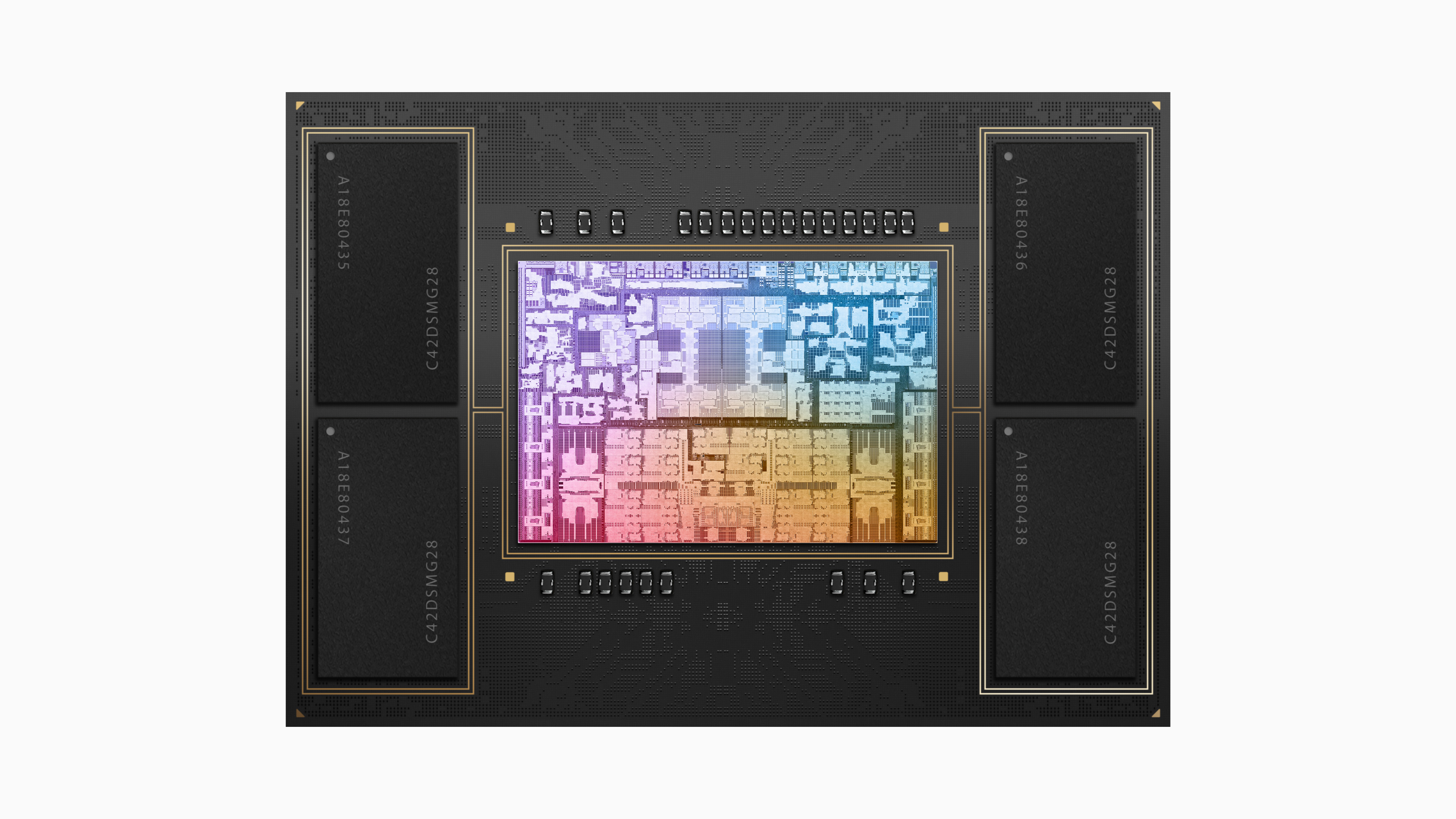

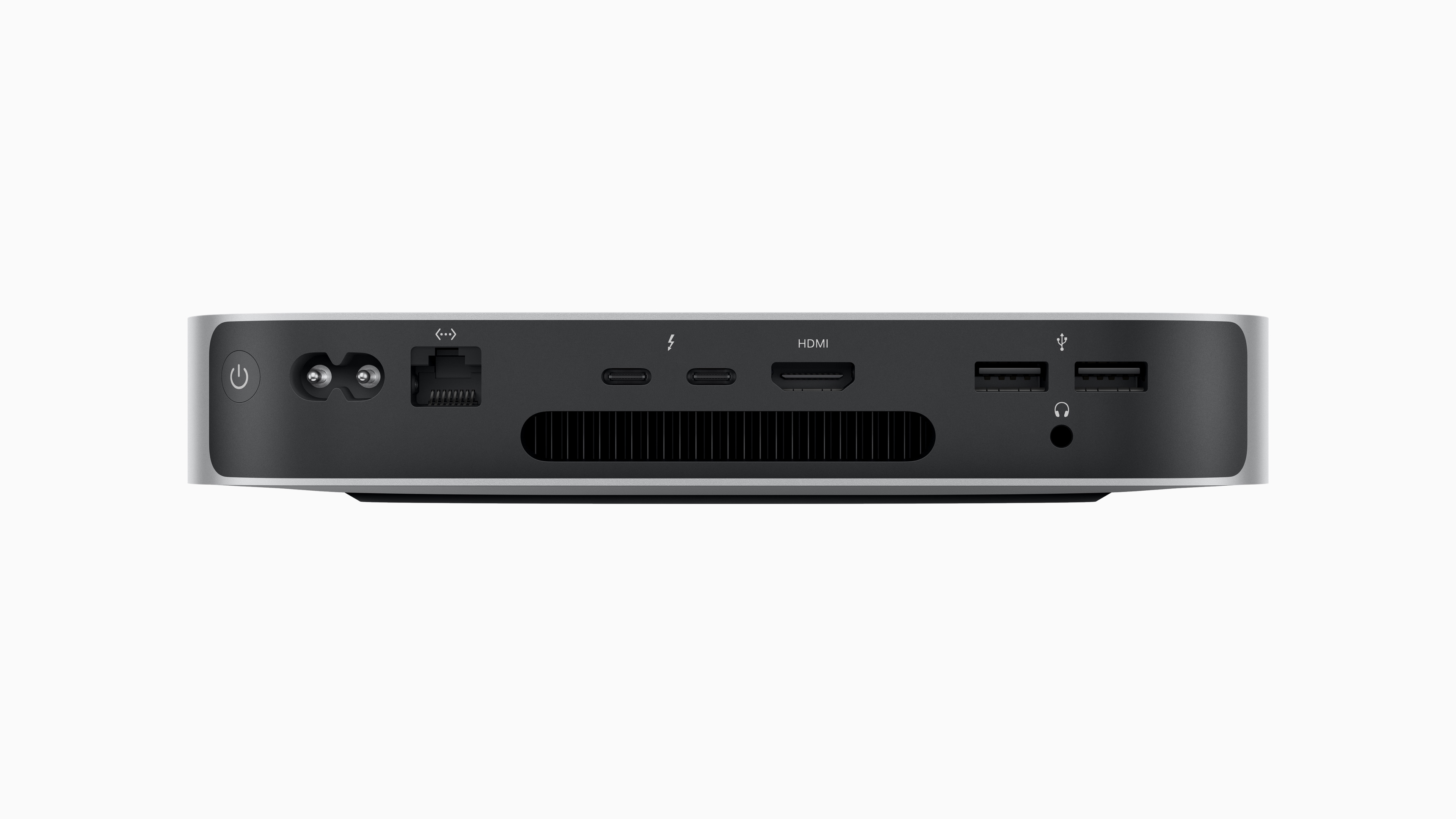
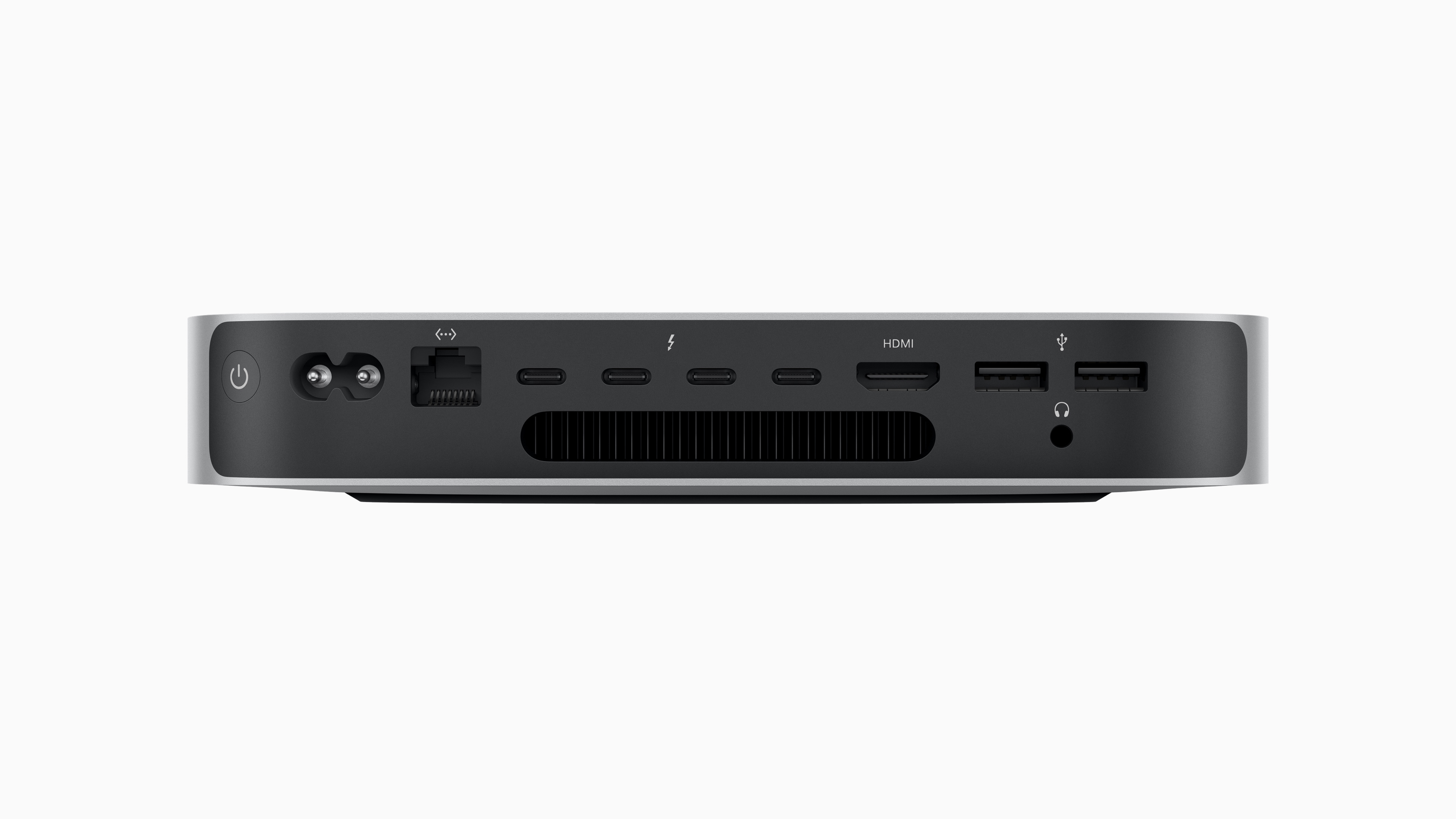

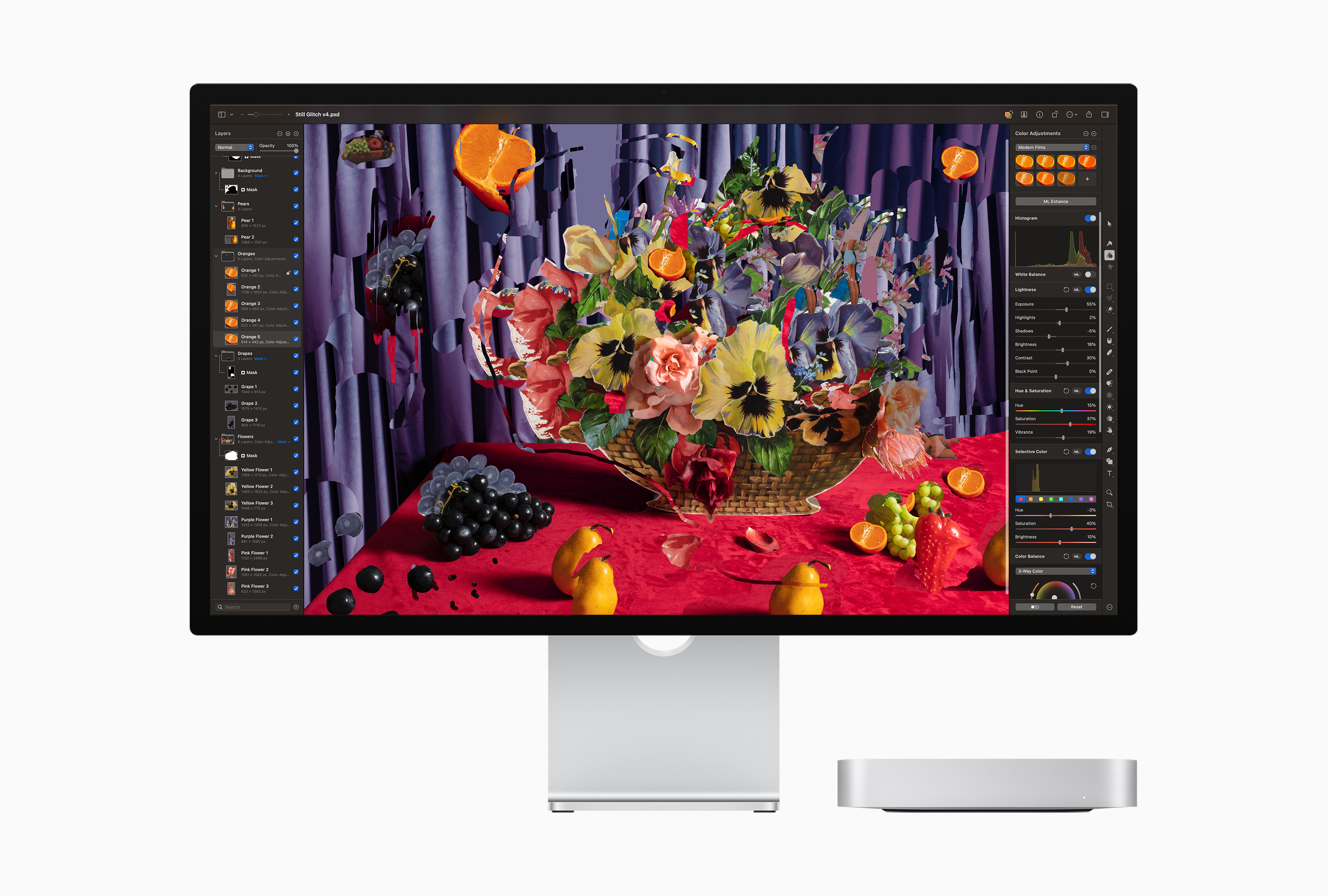


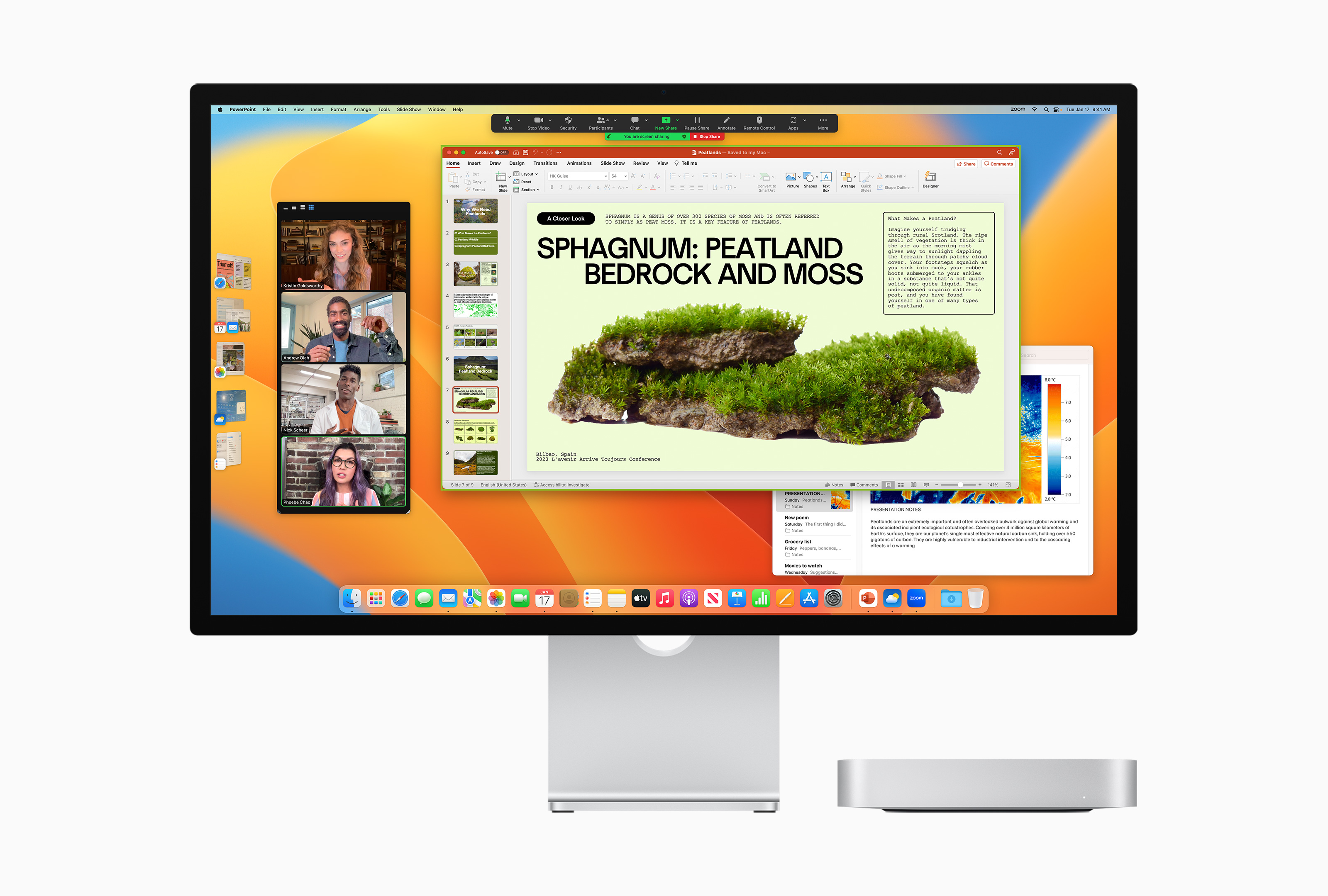


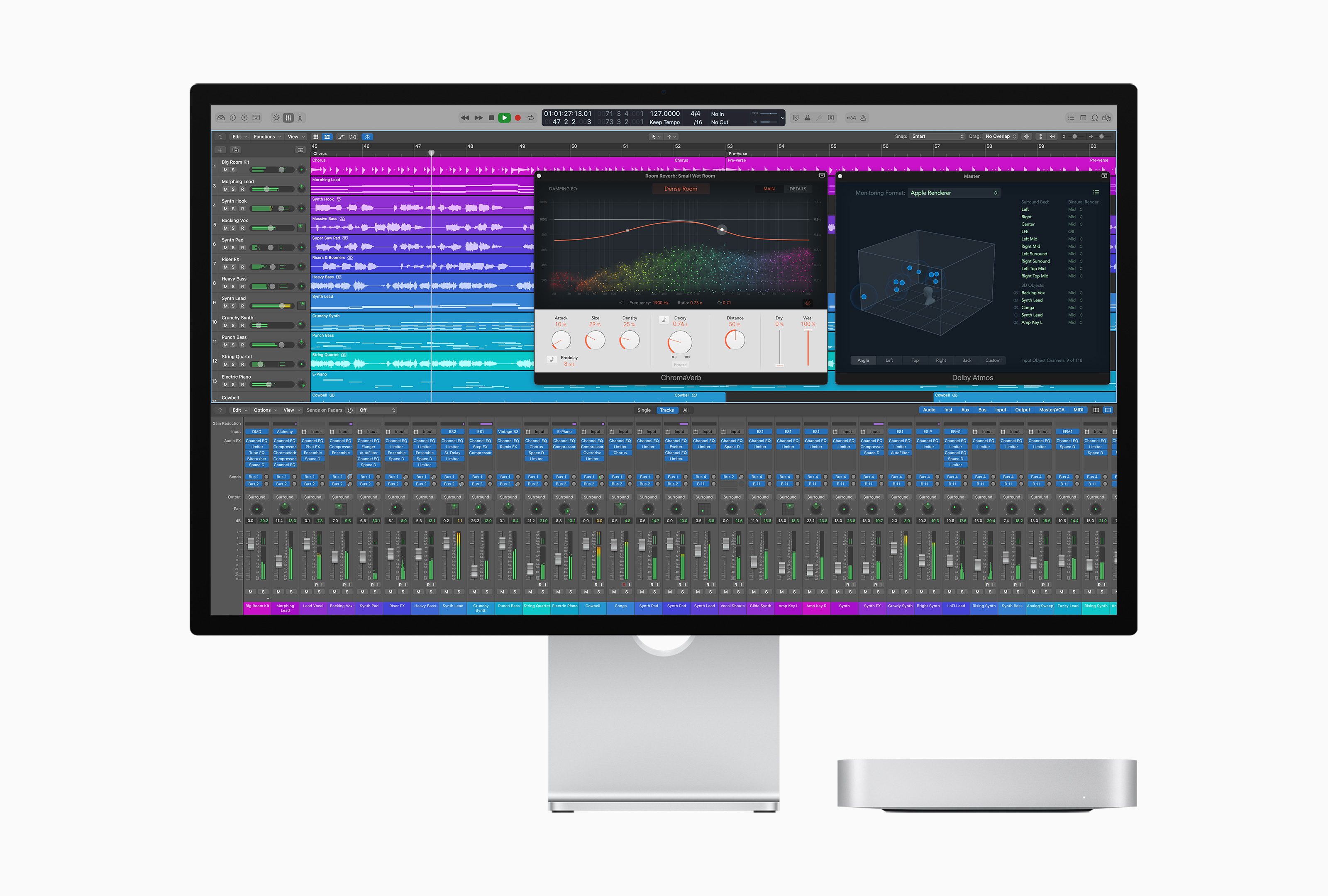
 Adam Kos
Adam Kos
An article about nothing. These machines are not intended for professionals at all, and ordinary users will not feel any limitation or difference in any way.